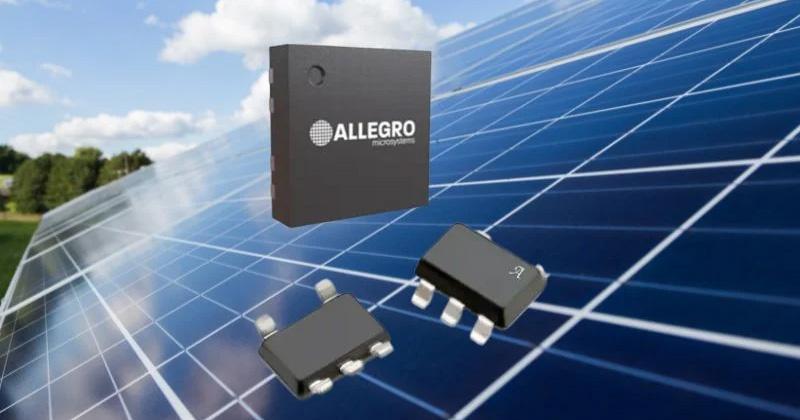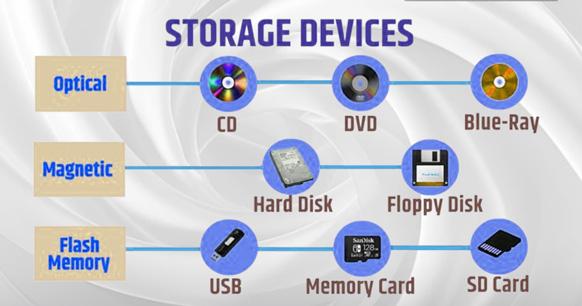
Understanding the Contrast between Lightning and USB-C Connectors
Like many passive and electromechanical components (PEMCO), connectors play a crucial but often overlooked role in modern electronics. Our electronic devices can house numerous internal and external connectors, with advancing technology continually placing new demands on connector capabilities, leading to proprietary innovation. However, this innovation can inadvertently contribute to unnecessary electronic waste and hinder cross-device compatibility.
One prominent case of such innovation and subsequent technological siloing is exemplified by Apple's Lightning connector. In a pivotal move, the European Union has mandated that by December 2024, all mobile phones must be compatible with a USB-C connector, aiming to standardize charging interfaces across devices.
The Migration from Lightning to USB-C
Originally heralded for its versatility in data and power transmission, Apple's Lightning connector has now lagged behind other emerging connector standards like USB-C, causing issues around e-waste accumulation and consumer expenditure. The European Union Parliament has estimated that discarded chargers contribute to a substantial 11,000 metric tons of e-waste annually in Europe alone.
In October 2022, the European Union passed a law stipulating that certain electronic devices, such as mobile phones, tablets, and headphones, must adopt a USB-C receptacle by the end of 2024 for compliance with the specified standard. While Apple might transition to USB-C ahead of schedule, the technical superiority of USB-C over Lightning makes this shift a positive development.
Understanding the Lightning Connector:
Initially introduced as a proprietary, reversible 8-pin (or 16-pin) connector supporting data transfer and power delivery to Apple devices, the Lightning connector made its debut in September 2012 with the iPhone 5, iPod Touch (5th Gen), and iPod Nano (7th Gen). Although capable of achieving data speeds of 480 Mb/second, the 6.7mm by 1.5mm Lightning connector lacks video output support.
Exploring the USB-C Connector:
In contrast, the USB-C connector represents an industry-standard interface utilized by various devices and manufacturers globally. With its 24 pins and multifunctionality encompassing charging, data transfer, and video output through a single cable, USB-C stands out for its efficiency. Supporting data transfer speeds of up to 10Gbps, nearly twenty times faster than the Lightning connector, USB-C offers enhanced durability and robustness, ensuring prolonged reliability in daily usage scenarios. Initially introduced in August 2014 and ratified by the IEC in July 2016, USB-C represents a modern and versatile connector standard.
USB-C: A Sustainable and Dynamic Solution
The European Union's push toward standardizing USB-C connectors across small electronic devices emphasizes the importance of reducing redundancy and promoting environmental sustainability in the tech industry. While debates around potential e-waste increase due to Lightning cable phasing out persist, the transition to USB-C is poised to streamline connector compatibility and reduce the need for new chargers and cables. Technically superior to the Lightning cable, USB-C's advanced capabilities and widespread adoption signify a significant leap in connector technology, fostering a more sustainable and interconnected electronic ecosystem. As we witness this evolving landscape of connectivity standards, the transition to USB-C presents a pivotal shift towards streamlined compatibility and enhanced user experience across electronic devices.
Explore a diverse range of connector types, including USB-C connectors from leading manufacturers, at Izzitionelec.com. Discover popular USB Type-C connectors to kickstart your connectivity journey today.




